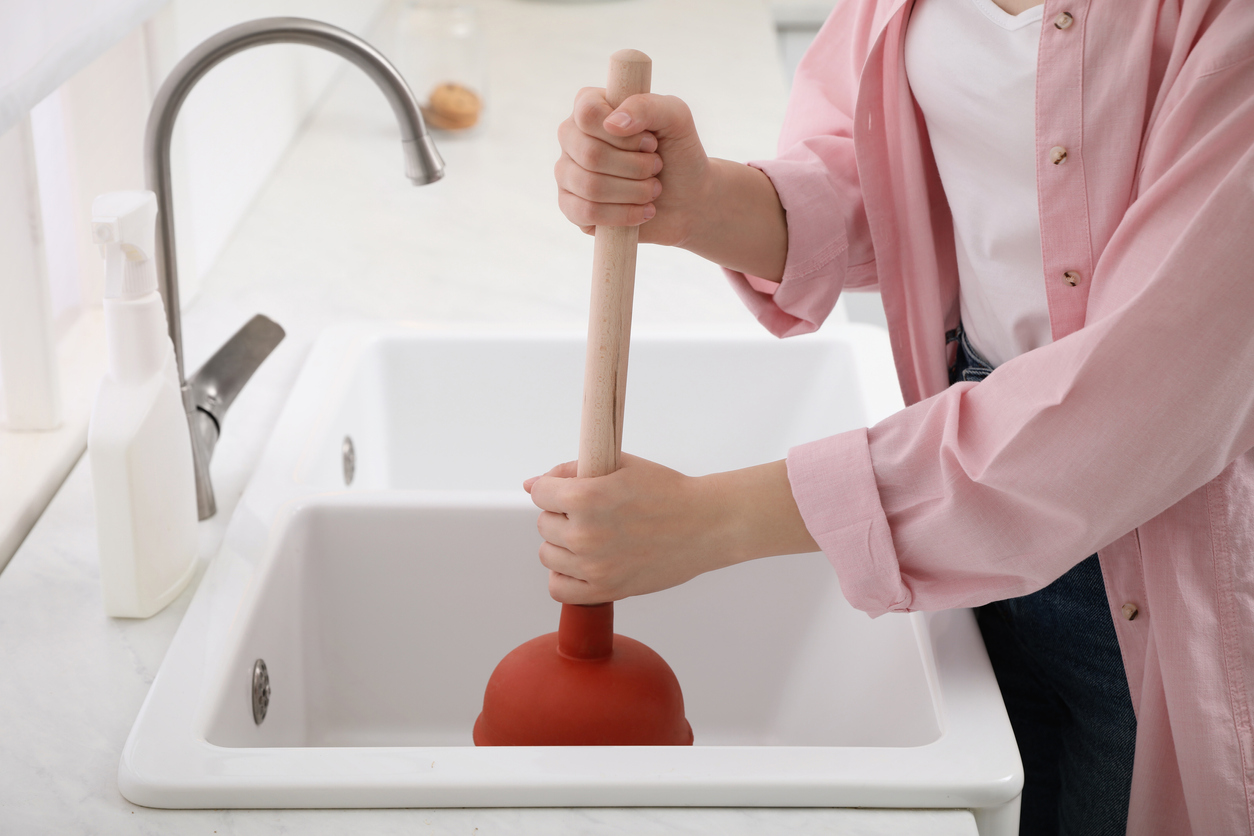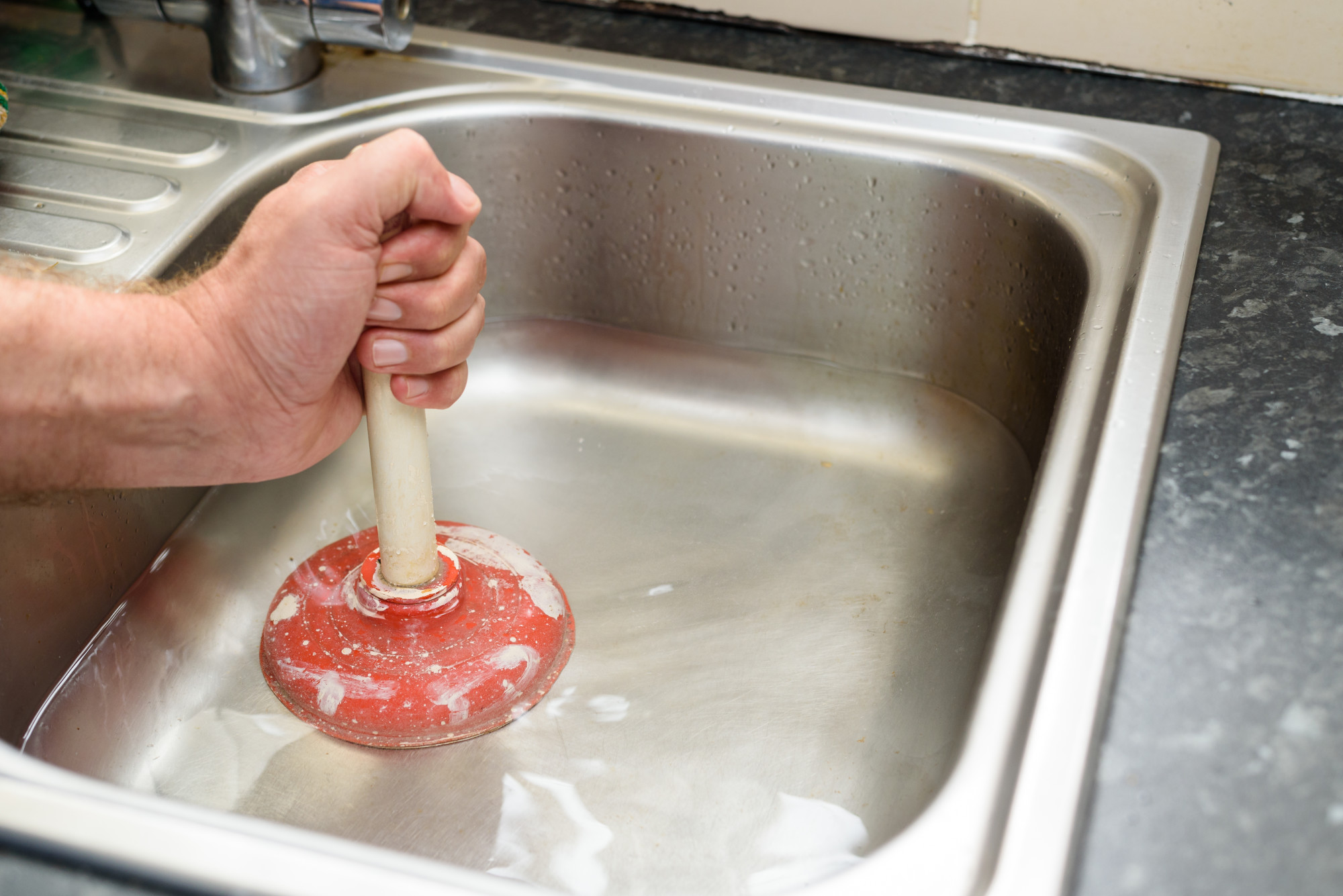How to Effectively Utilize Plungers and Drain Cleaners: Expert Tips
How to Effectively Utilize Plungers and Drain Cleaners: Expert Tips
Blog Article
Listed here down the page you can get lots of sensible advice involving Here's How to Correctly Use a Toilet Plunger.

Intro
Correct maintenance of home drains pipes is vital for protecting against obstructions and making certain smooth water circulation. Among the secret tools in every homeowner's toolkit is the bettor, together with different drain cleansers developed to tackle persistent blockages effectively. This write-up checks out how to make use of plungers and drainpipe cleaners properly to keep your drains pipes flowing freely.
Area 1: Understanding Plungers
Types of Plungers
There are numerous kinds of plungers readily available, each designed for different kinds of drains pipes and clogs. The most common types include cup bettors, flange plungers, and accordion bettors.
Just How Plungers Job
Plungers service the principle of developing stress and suction to dislodge blockages. When appropriately applied over a drain, they create a vacuum cleaner that can take out debris or separate obstructions.
Choosing the Right Plunger
Selecting the right plunger depends upon the sort of drain and the nature of the obstruction. Mug bettors are optimal for sinks and tubs, while flange plungers are better suited for toilets due to their design.
Common Blunders with Plungers
Preventing these errors guarantees effective plunging: inappropriate seal around the drain, not enough pressure, and not clearing surrounding particles.
Section 2: Utilizing Plungers Effectively
Preparation
Before diving, guarantee the bettor covers the drainpipe totally and forms a limited seal. Clear any noticeable debris around the drain opening.
Method
Beginning with gentle plunging motions to develop suction. Boost pressure progressively, making use of a steady rhythm. Repeat as required till the drainpipe removes.
Fixing Tips
If plunging doesn't work, attempt readjusting the seal, using petroleum jelly for a much better seal, or using a various kind of plunger.
Area 3: Comprehending Drainpipe Cleaning Company
Sorts Of Drain Cleaners
Drain pipes cleaners can be chemical or chemical. Chemical cleansers use strong chemicals to liquify clogs, while chemical cleaners make use of natural enzymes to break down organic matter.
Just How Drain Cleansers Job
Chemical cleaners react with blockages to liquify them, while enzymatic cleaners break down natural materials like hair and grease without hurting pipelines.
Security Factors to consider
Always put on handwear covers and eye defense when utilizing chemical drain cleaners. Guarantee sufficient ventilation and follow supplier directions very carefully.
Eco-Friendly Alternatives
Consider utilizing vinegar and baking soft drink or enzyme-based cleaners for environment-friendly choices that are much safer for pipes and the setting.
Area 4: Using Drainpipe Cleansers Efficiently
Application Strategies
Pour chemical cleansers directly right into the drain opening. Permit them to work for the suggested time before flushing with warm water. Enzymatic cleaners need to sit overnight.
Preventative measures
Avoid mixing various sorts of cleaners, as this can create poisonous fumes. Never make use of chemical cleaners along with a bettor, as spilling can happen.
Handling Persistent Obstructions
For persistent obstructions, consider making use of a plumbing serpent or calling an expert plumbing professional to avoid damage to pipes.
Verdict
Finally, comprehending exactly how to use bettors and drainpipe cleaners effectively is important for keeping healthy and balanced plumbing systems. By picking the right tools and strategies, house owners can tackle small clogs and stop major plumbing concerns down the line.
How To Properly Use A Plumbing Snake To Clear Drains
When any drain clogs in our home arise, we tend to gravitate toward the plunger and little else. In cases where the plunger and its vacuum-created pressure are not able to clear clogs, many immediately move to harmful chemicals or simply call their plumber to fix the issue.
we’re happy to help with all drain cleaning needs and concerns. This includes informing you on a few other home remedies you may have at your disposal for minor to moderate clogs, one of which is the use of a plumbing snake. Many people have never used one of these before – let’s go over the steps to take when your drain clogs and you have a plumbing snake available.
Attempt Plunger Use
The first step here, as we noted above, should indeed be to grab your plunger when you notice a drain clog and attempt to resolve it this way. If you’re unsure how to use a particular type of plunger, our plumbers can answer any questions you have. If this doesn’t do the trick, however, you move on to the snake.
Locate And Prepare Snake
A plumbing snake is a metal or plastic device that’s generally about a quarter of an inch thick. It’s design with significant extensions, meant to reach down into your clogged drain and push the clog out. Snakes also contain drain augers that will latch onto and push stubborn blockages.
If your plunger doesn’t clear a clog, locate your snake and bring it to the drain in question. We also recommend keeping a bucket nearby to collect the clog once you pull it out, plus we’d advise wearing goggles and possibly protective gloves.
Feed Snake
Once you’re ready to go, feed the snake slowly down the drain, using the crank device it comes with to keep it moving until it finds the clog. Once this happens, much of the clog will be latched onto the coil so you can pull it out, while the rest will simply break up and flow downward.
Detach Debris
Remove the snake slowly from the drain, and once you’ve done so, pick off any debris that’s stuck to the coil. This is another area where wearing gloves is a must.
Flush Drain
Finally, take a few minutes to ensure the snake has done its job correctly. If you’ve been using it on a toilet, flush the toilet a couple times and make sure everything flows well. If you’ve used it on a different drain, flush it with some room temperature water.
https://www.mybuddytheplumber.com/blog/how-to-properly-use-a-plumbing-snake-to-clear-drains/

Application Strategies
Pour chemical cleansers directly right into the drain opening. Permit them to work for the suggested time before flushing with warm water. Enzymatic cleaners need to sit overnight.
Preventative measures
Avoid mixing various sorts of cleaners, as this can create poisonous fumes. Never make use of chemical cleaners along with a bettor, as spilling can happen.
Handling Persistent Obstructions
For persistent obstructions, consider making use of a plumbing serpent or calling an expert plumbing professional to avoid damage to pipes.
Verdict
Finally, comprehending exactly how to use bettors and drainpipe cleaners effectively is important for keeping healthy and balanced plumbing systems. By picking the right tools and strategies, house owners can tackle small clogs and stop major plumbing concerns down the line.
How To Properly Use A Plumbing Snake To Clear Drains
When any drain clogs in our home arise, we tend to gravitate toward the plunger and little else. In cases where the plunger and its vacuum-created pressure are not able to clear clogs, many immediately move to harmful chemicals or simply call their plumber to fix the issue.
we’re happy to help with all drain cleaning needs and concerns. This includes informing you on a few other home remedies you may have at your disposal for minor to moderate clogs, one of which is the use of a plumbing snake. Many people have never used one of these before – let’s go over the steps to take when your drain clogs and you have a plumbing snake available.
Attempt Plunger Use
The first step here, as we noted above, should indeed be to grab your plunger when you notice a drain clog and attempt to resolve it this way. If you’re unsure how to use a particular type of plunger, our plumbers can answer any questions you have. If this doesn’t do the trick, however, you move on to the snake.
Locate And Prepare Snake
A plumbing snake is a metal or plastic device that’s generally about a quarter of an inch thick. It’s design with significant extensions, meant to reach down into your clogged drain and push the clog out. Snakes also contain drain augers that will latch onto and push stubborn blockages.
If your plunger doesn’t clear a clog, locate your snake and bring it to the drain in question. We also recommend keeping a bucket nearby to collect the clog once you pull it out, plus we’d advise wearing goggles and possibly protective gloves.
Feed Snake
Once you’re ready to go, feed the snake slowly down the drain, using the crank device it comes with to keep it moving until it finds the clog. Once this happens, much of the clog will be latched onto the coil so you can pull it out, while the rest will simply break up and flow downward.
Detach Debris
Remove the snake slowly from the drain, and once you’ve done so, pick off any debris that’s stuck to the coil. This is another area where wearing gloves is a must.
Flush Drain
Finally, take a few minutes to ensure the snake has done its job correctly. If you’ve been using it on a toilet, flush the toilet a couple times and make sure everything flows well. If you’ve used it on a different drain, flush it with some room temperature water.
https://www.mybuddytheplumber.com/blog/how-to-properly-use-a-plumbing-snake-to-clear-drains/

We had been made aware of that report on A Guide to Plungers (and How to Use Them) from a friend on our other domain. Loved our entry? Please share it. Help other people discover it. Thank you so much for your time invested reading it.
Call Today Report this page